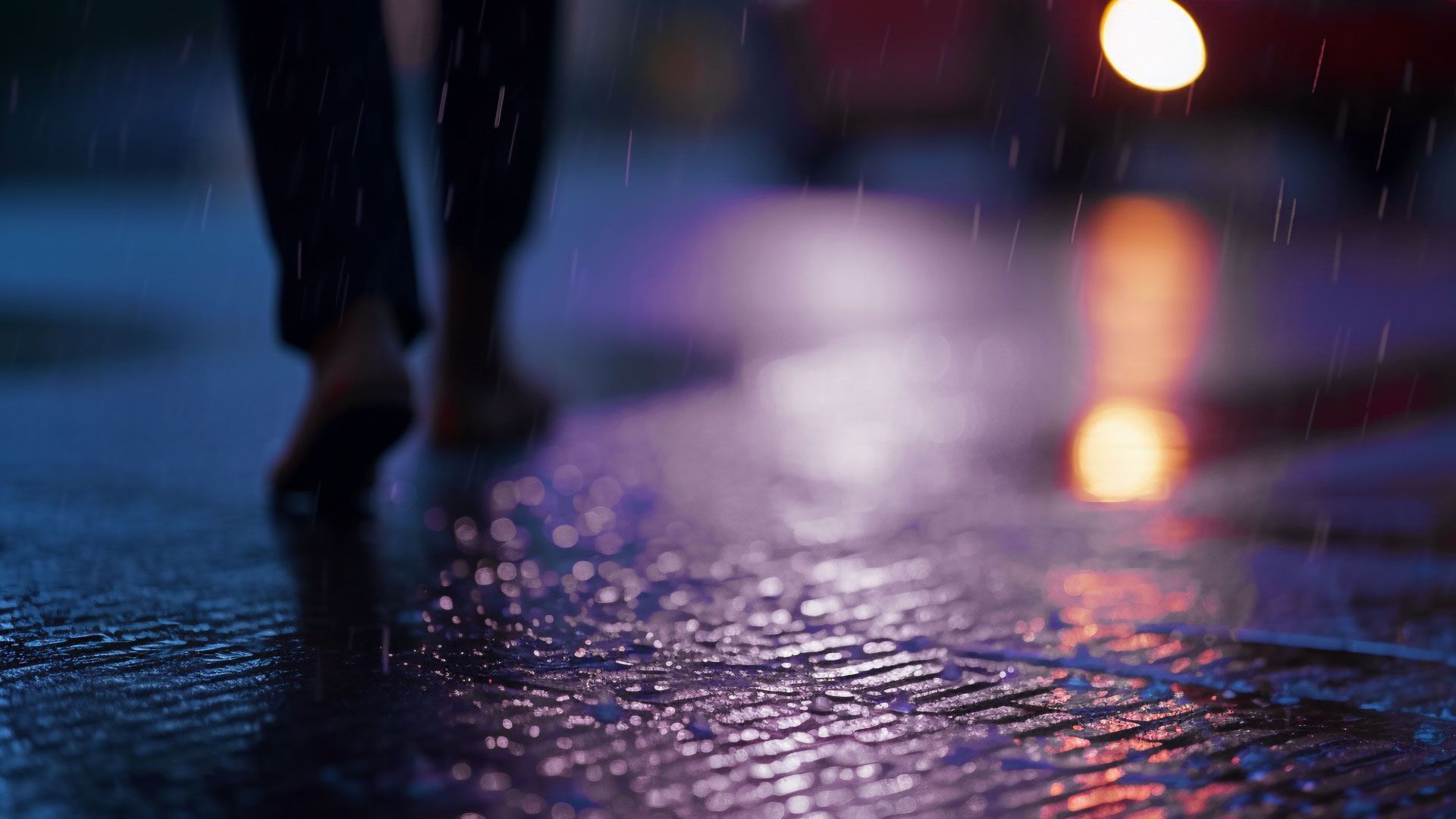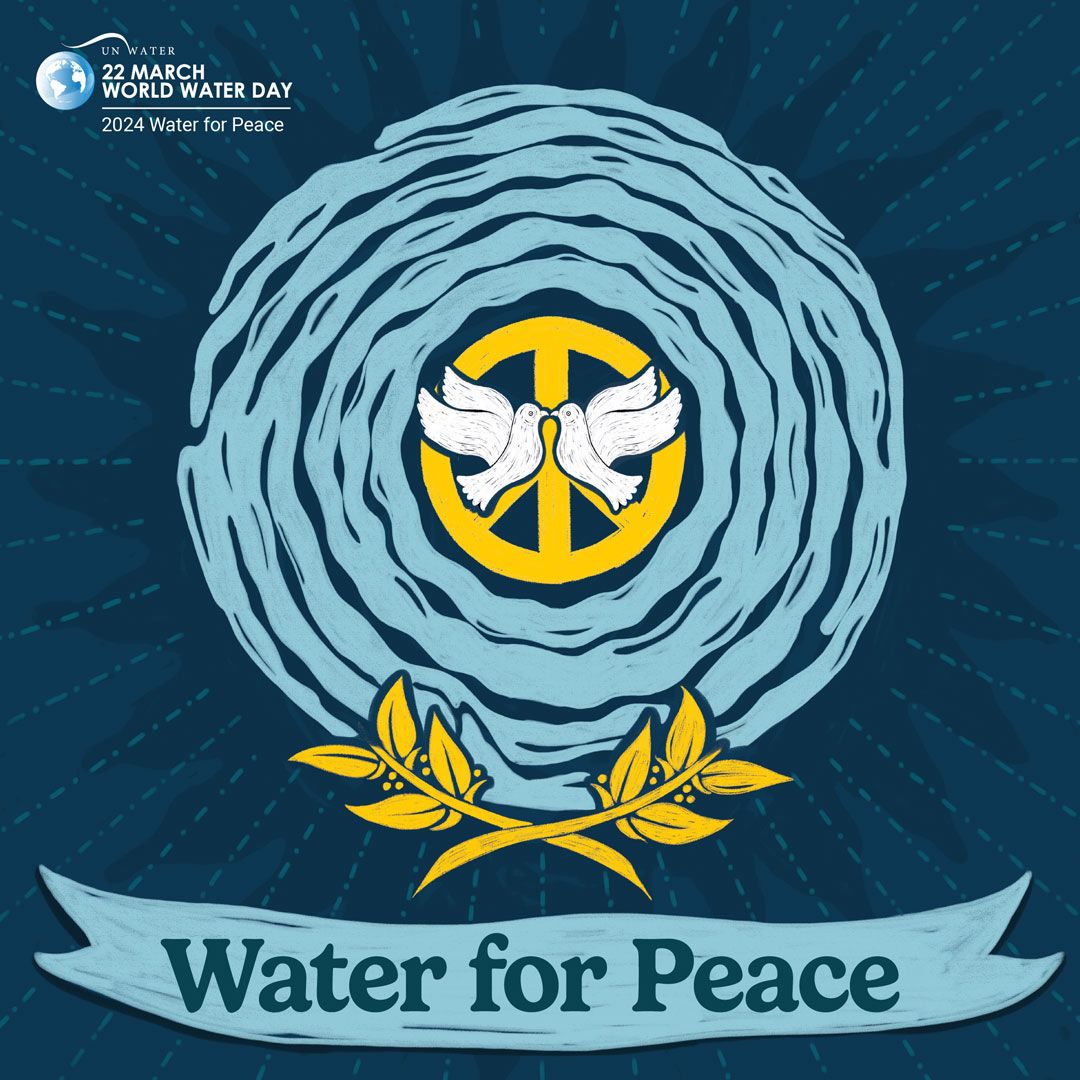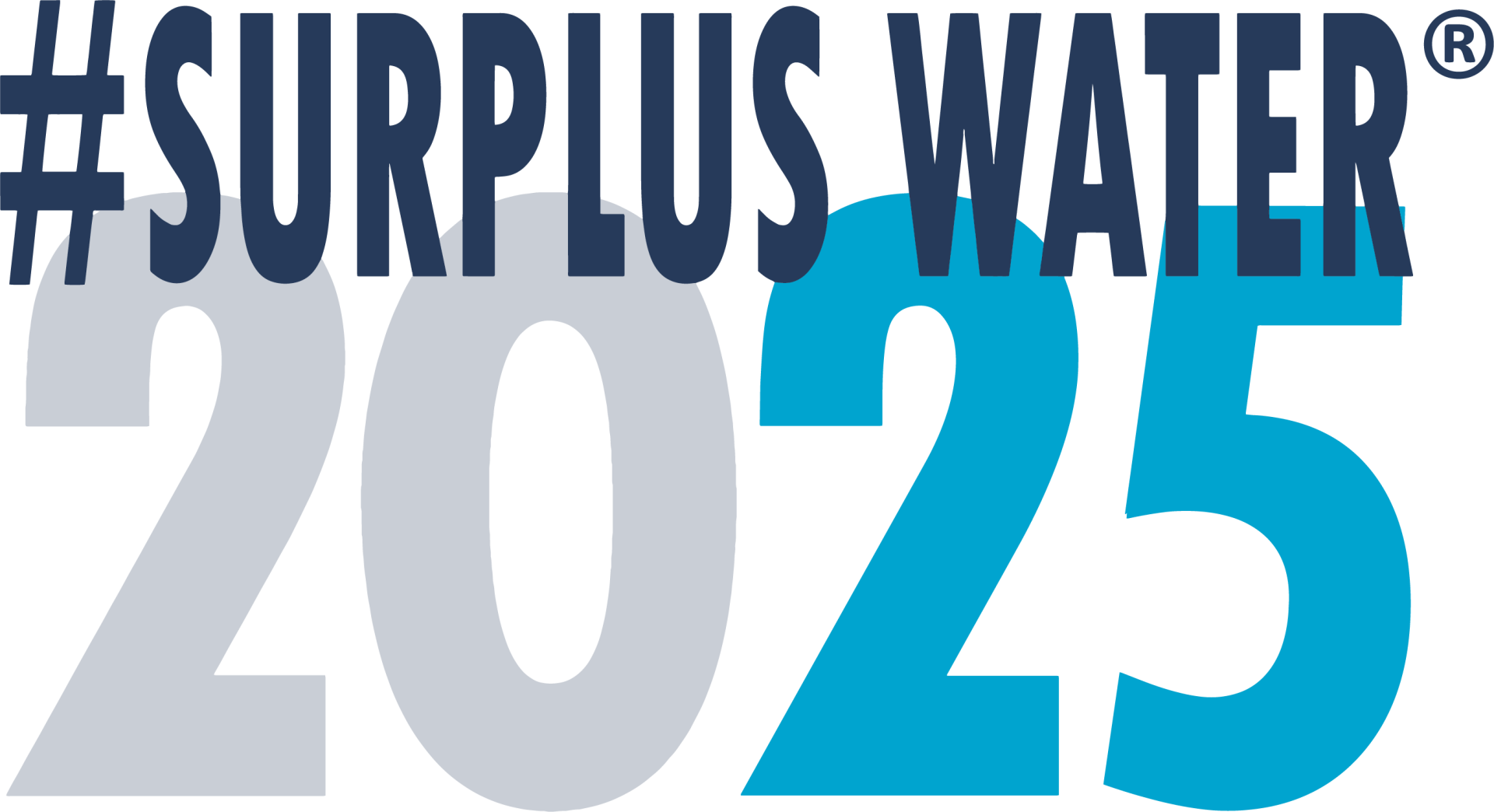Water for Peace: Inner Sanctum & Inner-City
Mar 21
/
Francois

Building on the theme of "Water for Peace" explored in our first article by Bennie, we welcome another voice in this series. Bennie's focus on mindfulness and seeing water from another's perspective beautifully paves the way for Francois' story. He offers a unique and often-overlooked perspective: the struggle for water access in our inner cities.
This is the second article in a three-part series, each profoundly personal, sharing what "Water for Peace" means to different individuals. We hope you find Francois' story and the reality of inner-city water challenges as thought-provoking as we do.
Francois' 20+ years working with youth in Pretoria's inner city have given him a unique perspective on the daily struggles for basic needs, including water.
Empty space, drag to resize
Water for Peace: Inner Sanctum & Inner-City
Rasta's Story
Rasta is one of the homeless men attending our small church in the inner-city of Pretoria. He comes most Sundays and always tries to dress as neatly as he can with his meagre means. Like many of his street-brothers, Rasta is on something. It might be Nyope or Crystal Meth, we are not sure. When you ask him, he just smiles and moves along the conversation. He is quite good at it, I might add. On most Sundays, if he feels the preacher needs a bit of help, he would offer his perspective or make a sign for you to move along. This morning, however, he was unusually quiet, except to add that St. Patrick is not only the patron saint of Ireland, but also Syria - a fact which I highly doubt but must admit I haven't had the time to check out.
Afterwards we normally pack away the chairs of our church because the school children will be using the church for after-school classes on Monday. I was still stacking chairs at the side when one of the ladies approached me and pointed to Rasta. He was still sitting in his chair, slumping a bit too much for my liking. There was a worried look in her eyes. I went over to him and gently tried to shake him awake. Rasta seemed too far away and for a moment there I thought that it had finally happened - I had preached someone to death. But then he stirred, and I was relieved to see that he was just sleeping very deeply. It was then that I noticed the hundreds of little drops of perspiration on his face. Someone went to fetch a polystyrene cup of water and I splashed a bit onto his face, and he awoke with a start. I gave him the cup and he drank it down in a couple of gulps. He stood up, thanked me, and walked over to give a R10-note to the deacon, who counted the offering that he had missed.
It would have been such an inconsequential story was it not for the fact that for the briefest of moments I witnessed how the themes of Justice and Spirituality fused with the beautiful story of water.
Water, Justice, and the Divine
To illustrate this let me begin at another place. This year’s UN Water Theme is “Water for Peace”. In many faith traditions water has become a symbol of peace. We use water as a symbol of purification in Christianity, Islam, Judaism, Buddhism and Hinduism. In some of these religions water has also become a symbol of how humanity can learn from the way water conducts itself. It is humble and chooses the lowliest places to nourish first. It is colourless and takes on the colour of its environment. It is ancient and has been giving life for longer than science can measure properly. It also has a beautiful indifference towards all living things. It doesn’t choose to serve only the lion with its gift, but not the ugly Green Mamba. As such, it has become the source of life to all living things, small and big, ugly and beautiful, liked and not-liked. A river also does not turn away in horror when someone defecates into it. It will just move the offence along like it does with all the stuff that lands in its way. It will smooth away rocks in its path if that is what is necessary. It will just take a while. And as such, it is patient. In a sense water only has a present tense. It just is. Always. No wonder, therefore, that in some of our world’s faith traditions water has become a symbol of divinity itself.
Rasta’s perspiration was a sign of this beautiful divine life within him, working the miracles to cool and cleanse in ways we are not even aware of. The splashed water on his face revived him and woke him up. The water he drank nourished and refreshed his thirsty being. Leaving the church however, I couldn’t help but feel sorry for him.
Outside the church a very inhospitable world was waiting for him where there are very little public water points for him to drink from and even less to shower at and almost no public toilet facilities to relieve himself at. Inner-cities of South Africa were not built for vagrant people. It is part of the legacy of apartheid. Inner-cities were built long before 1994 for white people, who either commuted into the cities from suburban areas or had an apartment in the city. There were very few white homeless people around and as a result, apart from the few public watering and toilet facilities in parks and shopping centres, no other facilities were deemed necessary. People that lived in the city were adequately cared for when it came to water and sanitation. Now, 30 years later, our cities are overcrowded since millions of people are flocking to our cities to look for jobs. City planning and infrastructure maintenance and development has fallen way behind to cater for all the people and homelessness has become one of our cities’ major challenges. Public toilet facilities have long ago been deemed too costly and troublesome to maintain and public water and showering facilities are only found in a couple of churches and NGO’s who offer such services.
Beautiful water, the stuff that makes life possible, is supposed to be abundantly available to everyone, and yet, it has become inaccessible to many of the people in our cities. The water quality has dropped to such an extent that people are choosing to rather buy water. It has become big business. You must pay good money for a bit of water at the shop. You must put a coin in the slot to get access to a public toilet at the garage. You need to behave yourself and smile for the camera if you want to have a quick shower at the NGO. Very few people question this. Everything costs money. Those with more money have more access to water. Those who have no money perspire away one drop at a time, especially when temperatures soar as was the case the last couple of weeks. In townships and rural areas, it can be even worse. One tap often serves dozens of households and if that tap belongs to someone, they will probably try and make some money through it.
In suburban areas, like the one I live in, you will find the exact opposite. Apart from the many taps inside the houses, rich people often need copious amounts of water for their thirsty green lawns and luscious flower beds, even in the middle of a season of heatwaves and drought. The answer to this need is boreholes. Often you will find many boreholes in one street. Yet, the water that they pump does not lie neatly under their demarcated plot. The water table beneath their feet belongs to everyone in that area. Just because this one household has the means to pump and pipe that water doesn’t give them the right to as much of it as they like. Especially since there is only a limited amount of potable water.
The solutions to these problems are complex, but most of them need to address the invisibility of the injustice of our water problems. Invisible, secret budgetary reallocations that create irregular flows of money away from addressing our most basic needs must be exposed. Unseen broken pipes and outdated underground water systems need to be fixed or replaced. Invisible, nameless, or useless city public workers need to be exposed and brought to book. Inaccessible and complicated legal policy matters that favours certain members and discriminate against others, need to be changed very quickly. And maybe, most crucially: We need to adapt our unseen personal lifestyles and philosophies to a more spiritual appreciation of beautiful water as a symbol of life and peace and the presence of the Divine in our midst.
- Francois
In case you missed it, you can read the other articles here:
"Water for Peace: What Does It Mean?"
"Water for Peace: I have time"
"Water for Peace: What Does It Mean?"
"Water for Peace: I have time"
Empty space, drag to resize
World Water Day 22 March 2024

About the United Nations World Water Day 2024
Be part of the global campaign
"Be part of the global campaign on ‘Water for Peace’. We need everyone – from individuals and families to companies and governments – to do what they can to cooperate on water and pave the way for a more harmonious society. Download resources to get involved this World Water Day and find out more about the connection between water and peace."
Visit the UN World Water Day 2024 website to download resources:
Empty space, drag to resize
Join the conversation
Follow us on Facebook or Instagram for more Stories of Water.
Empty space, drag to resize
Who we are
A community of water warriors, working together to raise water awareness, saving every drop and together, aiming for surplus water in South Africa.
Get in touch
-
South Africa, Earth :)
-
droppie@surpluswater2025.com
#SurplusWater2025 Copyright © 2025
